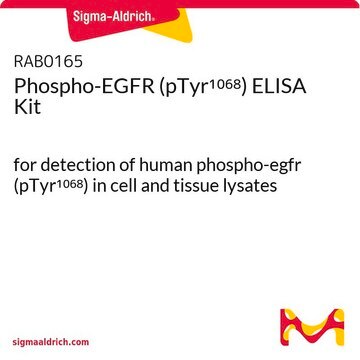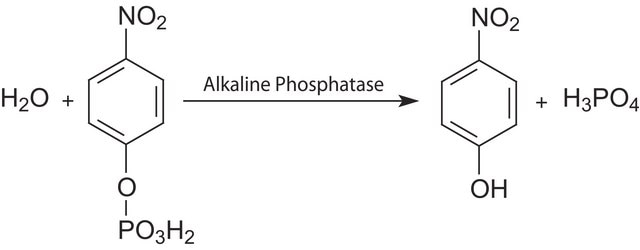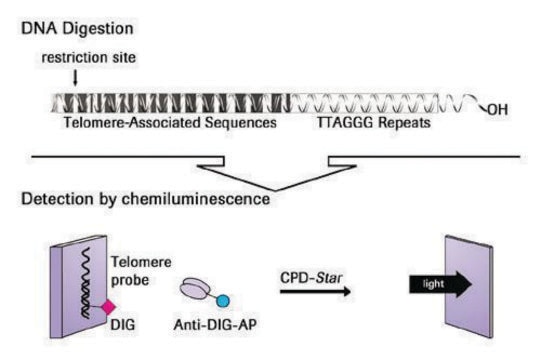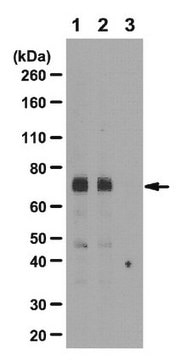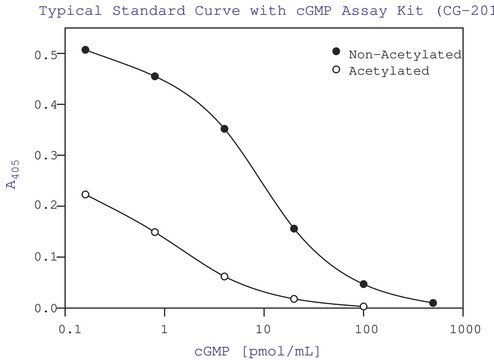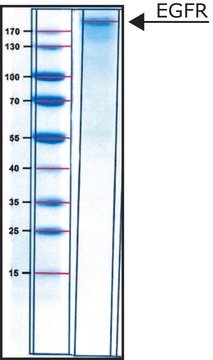SRP2157
STAT4 human
recombinant, expressed in insect cells, ≥85% (SDS-PAGE)
Synonym(s):
SLEB11
Sign Into View Organizational & Contract Pricing
All Photos(1)
About This Item
UNSPSC Code:
12352200
NACRES:
NA.26
Recommended Products
biological source
human
recombinant
expressed in insect cells
assay
≥85% (SDS-PAGE)
form
frozen liquid
mol wt
~87.7 kDa
packaging
pkg of 10 μg
storage condition
avoid repeated freeze/thaw cycles
concentration
500 μg/mL
color
clear colorless
NCBI accession no.
UniProt accession no.
shipped in
dry ice
storage temp.
−70°C
Gene Information
human ... STAT4(6775)
Biochem/physiol Actions
Signal transducer and activator of transcription (STAT) proteins are a family of latent cytoplasmic transcription factors involved in cytokine, hormone, and growth factor signal transduction. Seven members of the STAT family of transcription factors have been identified in mammalian cells: STAT1, STAT2, STAT3, STAT4, STAT5a, STAT5b, and STAT6. STAT proteins mediate broadly diverse biologic processes, including cell growth, differentiation, apoptosis, fetal development, transformation, inflammation, and immune response. Receptor-recruited STATs are phosphorylated on a single tyrosine residue in the carboxy terminal portion. The modified STATs are released from the cytoplasmic region of the receptor subunits to form homodimers or heterodimers through reciprocal interaction between the phosphotyrosine of one STAT and the SH2 domain of another. Following dimerization, STATs rapidly translocate to the nucleus and interact with specific regulatory elements to induce target gene transcription. Recently, STAT-1 has been implicated in modulating pro- and anti-apoptotic genes following several stress-induced responses. These effects are dependent on STAT-1 phosphorylation on serine-727 and require the C-terminal transactivation domain of STAT-1 to enhance its pro-apoptotic effect or inhibit its anti-apoptotic effects. The STAT-1 C-terminal domain has been demonstrated to be important for protein-protein interaction with other transcriptional activators. The reports that STAT-1-deficient mice develop spontaneous and chemically induced tumours more rapidly compared to wild-type mice and that STAT-1-deficient cells are more resistant to agents that induce apoptosis strongly support the argument that STAT-1 acts as a tumour suppressor.
Physical form
Clear and colorless frozen liquid solution
Preparation Note
Use a manual defrost freezer and avoid repeated freeze-thaw cycles. While working, please keep sample on ice.
wgk_germany
WGK 1
flash_point_f
Not applicable
flash_point_c
Not applicable
Certificates of Analysis (COA)
Search for Certificates of Analysis (COA) by entering the products Lot/Batch Number. Lot and Batch Numbers can be found on a product’s label following the words ‘Lot’ or ‘Batch’.
Already Own This Product?
Find documentation for the products that you have recently purchased in the Document Library.
David E Levy et al.
Nature reviews. Molecular cell biology, 3(9), 651-662 (2002-09-05)
Extracellular proteins bound to cell-surface receptors can change nuclear gene expression patterns in minutes, with far-reaching consequences for development, cell growth and homeostasis. The signal transducer and activator of transcription (STAT) proteins are among the most well studied of the
J E Darnell et al.
Science (New York, N.Y.), 264(5164), 1415-1421 (1994-06-03)
Through the study of transcriptional activation in response to interferon alpha (IFN-alpha) and interferon gamma (IFN-gamma), a previously unrecognized direct signal transduction pathway to the nucleus has been uncovered: IFN-receptor interaction at the cell surface leads to the activation of
K Takeda et al.
Cytokine & growth factor reviews, 11(3), 199-207 (2000-05-19)
STAT (signal transducers and activators of transcription) family, consisting of seven members, is involved in cytokine signal transduction. Biological roles of each STAT family protein have now been elucidated through studies of gene targeted mice. Stat1 knockout mice are defective
Our team of scientists has experience in all areas of research including Life Science, Material Science, Chemical Synthesis, Chromatography, Analytical and many others.
Contact Technical Service